With the highly-anticipated release of The Flash movie drawing closer and closer, and the promises of Ben Affleck’s return as Batman already making headlines, there’s never been a better time to look back at Justice League and all the ways its heroes have influenced the course of the DC Extended Universe.
Regardless of the place they’ve each earned in the viewers’ hearts, both the 2017 cinematic release and the darker tones of the Snyder Cut allow for plenty of bad decisions to sneak by the protagonists. Even with the villains – be it Steppenwolf or Darkseid – playing their best cards, the Justice League could have avoided some measure of death and disaster had they taken different routes. At worst, their choices cost lives. At best, the team could have grown tight-knit much sooner.
6 Superman: Delaying His Return To The Battle
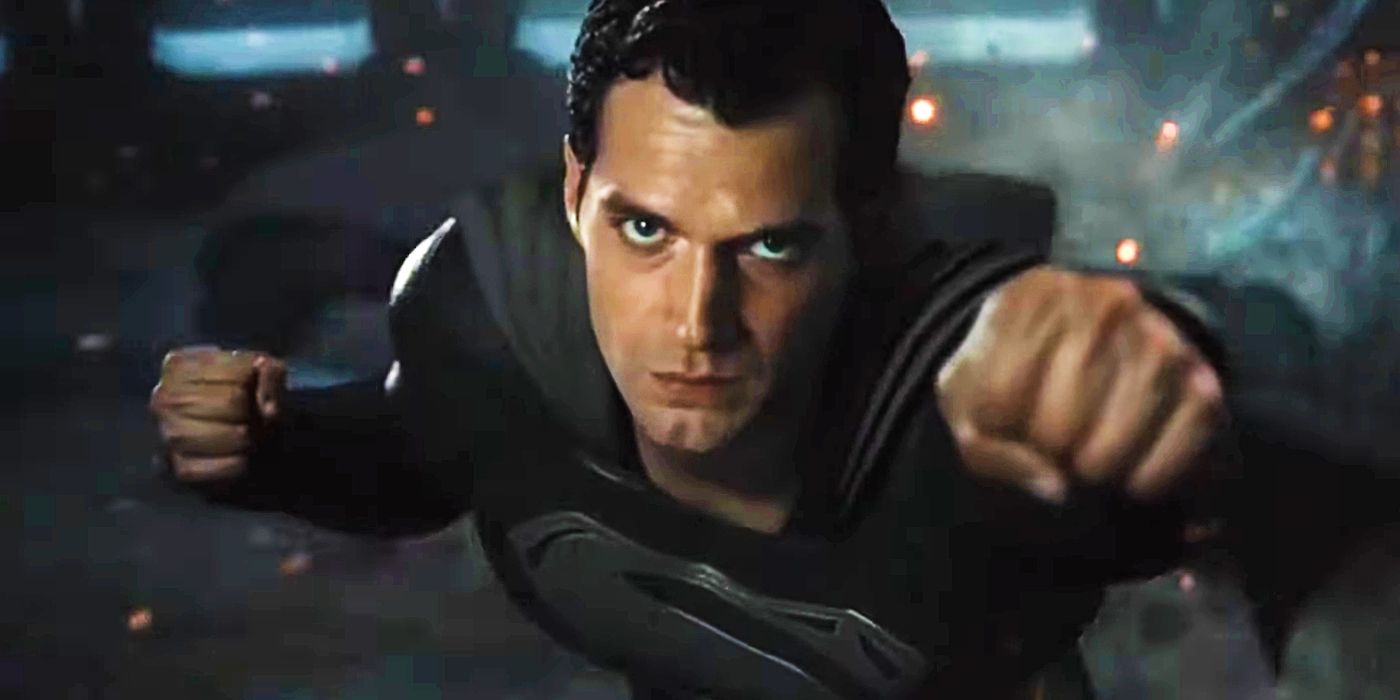
Though a necessary departure after the shock of his sudden resurrection and amnesia, Clark’s decision to prolong his visit to Smallville comes at a heavy price for his teammates. In either version of the movie, Superman arrives at the tail end of the final fight with Steppenwolf and the Justice League has already taken some devastating blows by then.
If Clark had left the farmhouse when Lois informed him of what little she’d been told of Bruce’s plan, Cyborg would not have been hurt and The Unity might have been avoided altogether. While Clark’s actions are understandable given his state of mind, in the Snyder Cut the consequences of his delayed arrival almost lead to the destruction of the planet.
5 Cyborg: Not Keeping Track Of The Mother Box
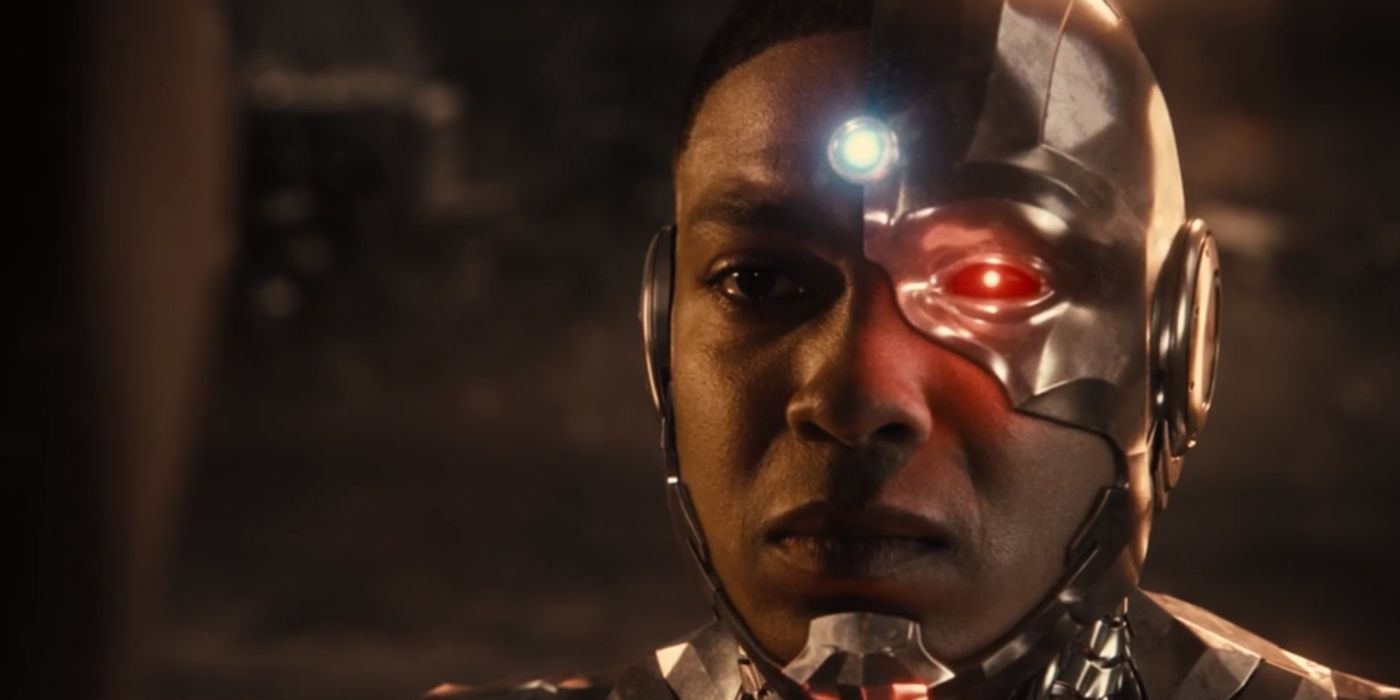
Out of the entire main cast, Cyborg is the one to have the closest connection to the Mother Boxes, particularly the Change Engine that had helped rebuild his body after the accident. To that extent, he’s successful in using the Mother Box to overcharge the circuit needed to resurrect Superman in the Kryptonian ship but does not keep track of it once it leaves his immediate line of sight and lands on a nearby car.
The impact of this decision echoes throughout the entire movie and sets the tone for Steppenwolf’s near-victory as Cyborg is once again left in charge of the Boxes. Had he thought to look after this final Mother Box, Steppenwolf wouldn’t have gotten his hands on it and would have steered clear of the ensuing destruction. If most of Cyborg’s choices appear questionable due to the tragedy he’d suffered, this is certainly his worst one.
4 The Flash: Underutilizing The Speed Force
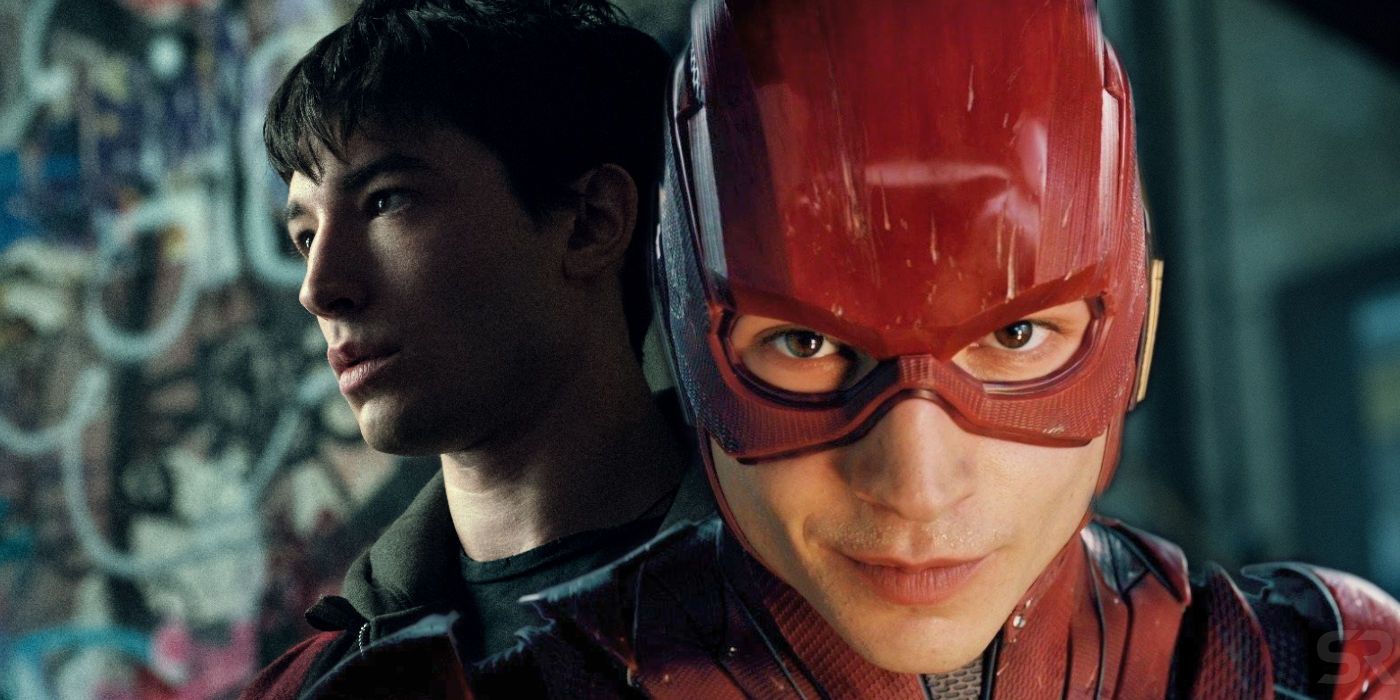
Barry Allen is a major player in the Justice League but admittedly doesn’t get many chances to make his own choices once caught in the turning wheels of Steppenwolf’s plan, in part due to his status as a novice hero. All the same, a couple bad decisions do stand out; namely endangering his identity when saving Iris West – a scene that’s elaborated on in the Snyder Cut – and risking being found out by anyone with Batman’s resources, such as Lex Luthor or Amanda Waller.
His worst decision by far is, however, underutilizing the Speed Force when fighting the newly-revived Superman and neglecting to account for the latter’s own speed, in turn allowing the team to be weakened. If Flash had managed to subdue or slow down Superman, the urgency of the situation could have been explained to the rampaging hero.
3 Aquaman: Joining The Justice League Too Late
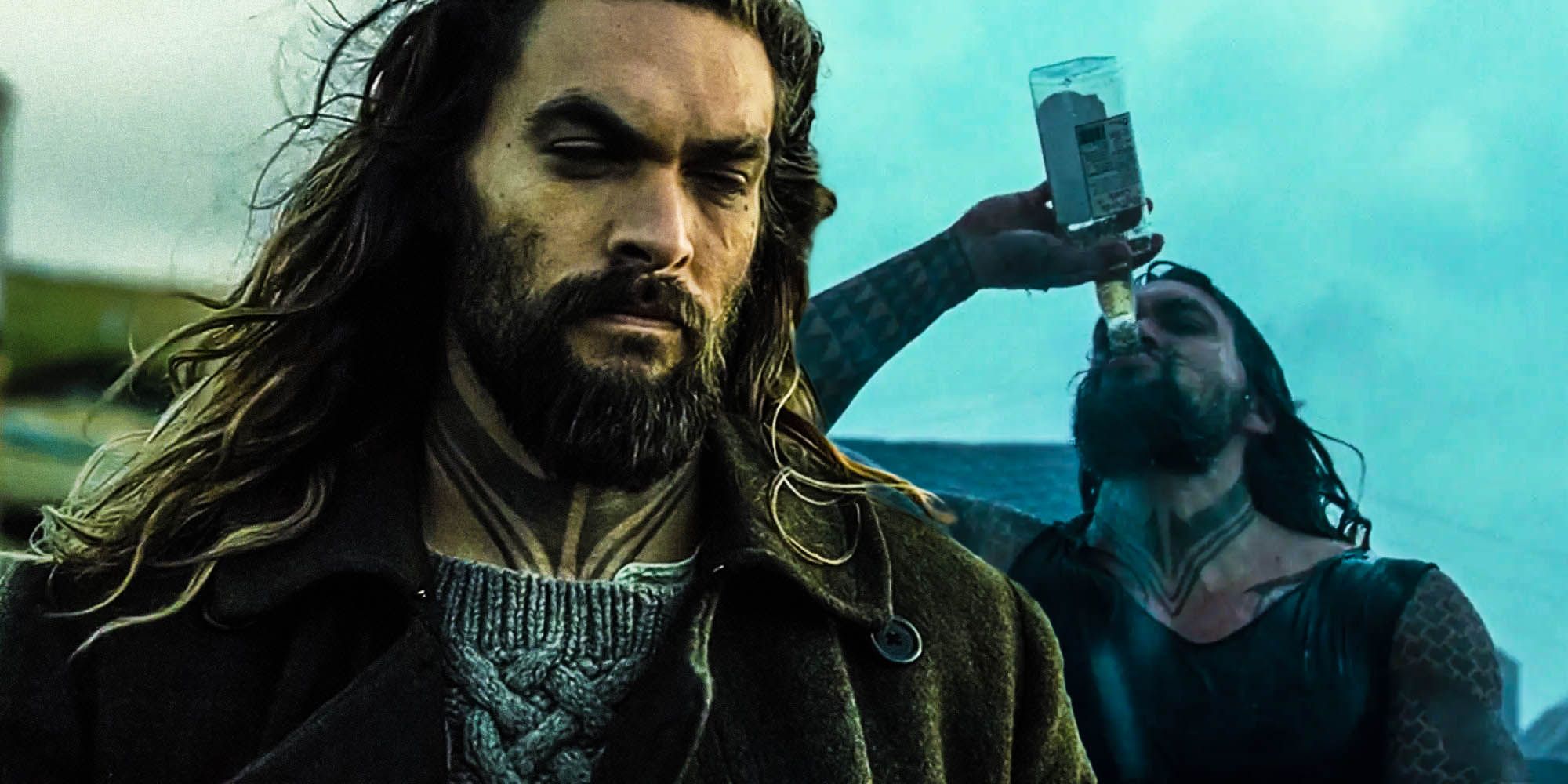
Even if his reluctance is thoroughly explained in his 2018 solo movie, Aquaman’s refusal to return to Atlantis until it’s too late gives way to an easy victory for Steppenwolf and the acquisition of the second Mother Box needed to form The Unity. If Arthur had considered the high stakes sooner and acted in due time, Atlantis would have been prepared to fight; his power alongside Mera’s might have even turned the tide and stopped the rest of Steppenwolf’s plan from being put into motion.
Nevertheless, apathy regarding his royal duties is one of the staples of the character the DCEU has built and his eventual appreciation of the League’s cause, as well as his involvement, doesn’t point just to regret over his worst decision but also to Arthur Curry's character arc.
2 Wonder Woman: Trying To Recruit The Wrong Member
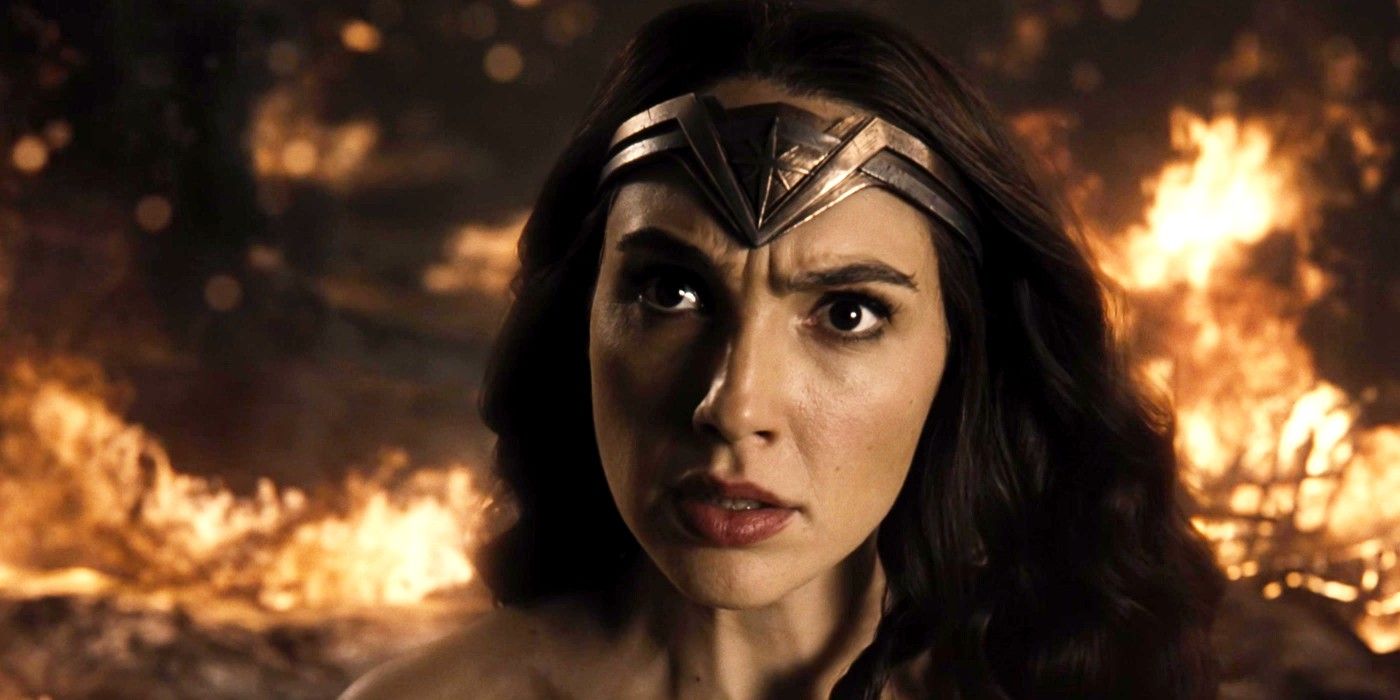
Batman and Wonder Woman’s recruitment drive for the newest members of the team makes for one of Justice League’s most interesting scenes but if they’d picked other heroes to approach, things might have gone very differently. In fact, Wonder Woman’s decision to talk to Cyborg costs the team the possibility of a serious heavy hitter jumping into the fray sooner.
If Diana had spoken to Aquaman instead, she would have surely been able to convince him where Batman had failed – partially because of the inherent connection between civilizations as ancient as Amazons and Atlanteans, and partially because Aquaman himself confesses his admiration for Wonder Woman during the lasso scene in the theatrical cut. Beyond those surface similarities, Diana might have even seen her own avoidance of heroics after Steve Trevor’s death reflected in Arthur and taken the necessary steps sooner.
1 Batman: Using The Mother Box To Revive Superman
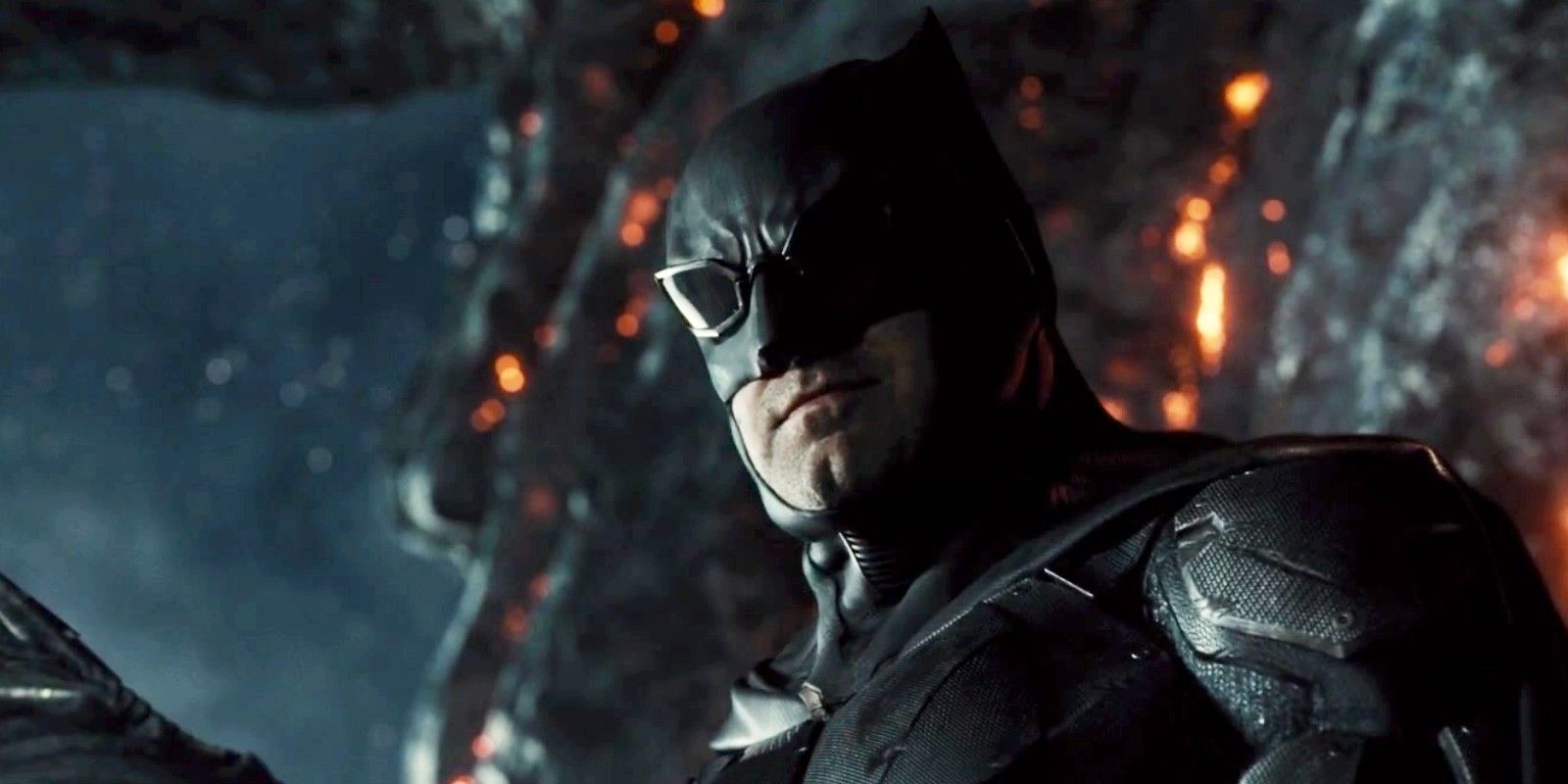
The Mother Box’s role in Superman’s resurrection is one of the more obvious missteps in the movie and it’s Batman’s insistence on using it at all costs that signals its location to Steppenwolf. In the comics, Superman was brought back to life through the Kryptonian Regeneration Matrix in Action Comics #689 in a move very similar to the Genesis Chamber scene both here and during Doomsday’s creation in Batman v Superman, making his return entirely possible without the aid of a Mother Box.
Like the rest of Batman’s decisions throughout the story, this especially grave one is driven by his guilt over Superman’s death and pushed into action for the very same reason. Had Bruce opted to repair the necessary circuit instead of jump-starting it with the Mother Box, Steppenwolf’s plan could have been foiled long before reaching the cataclysmic heights of the finale.
Comments
Post a Comment